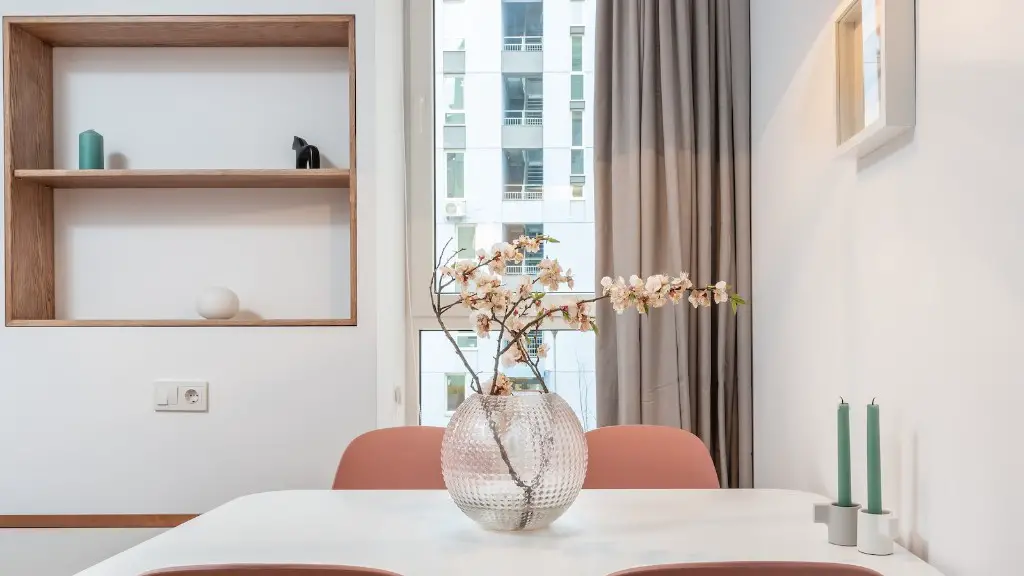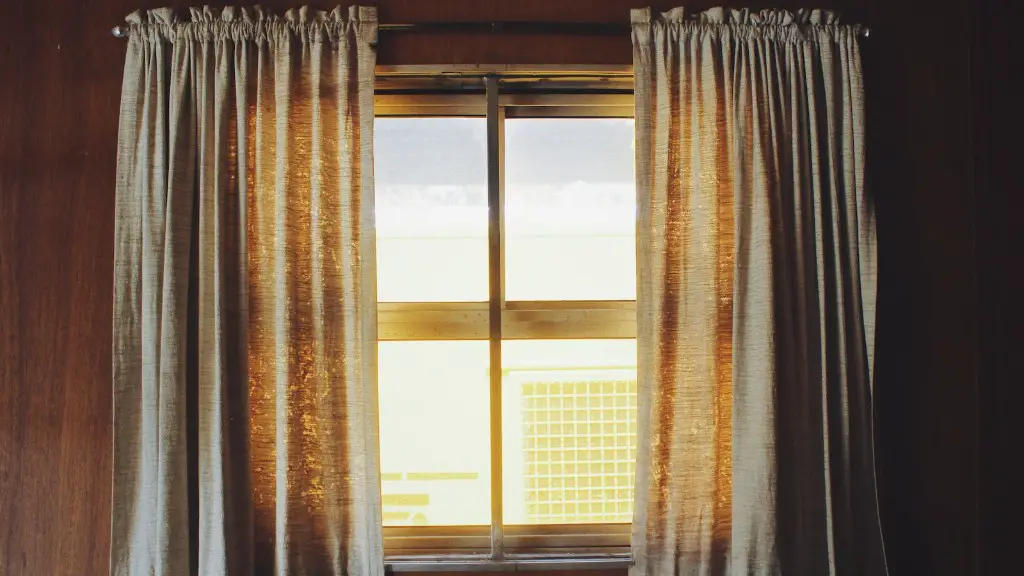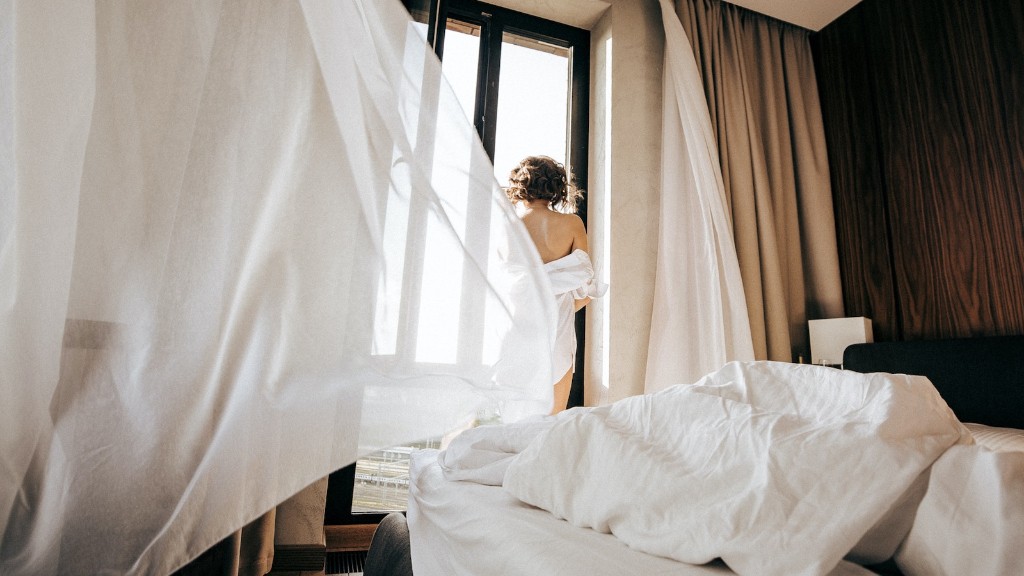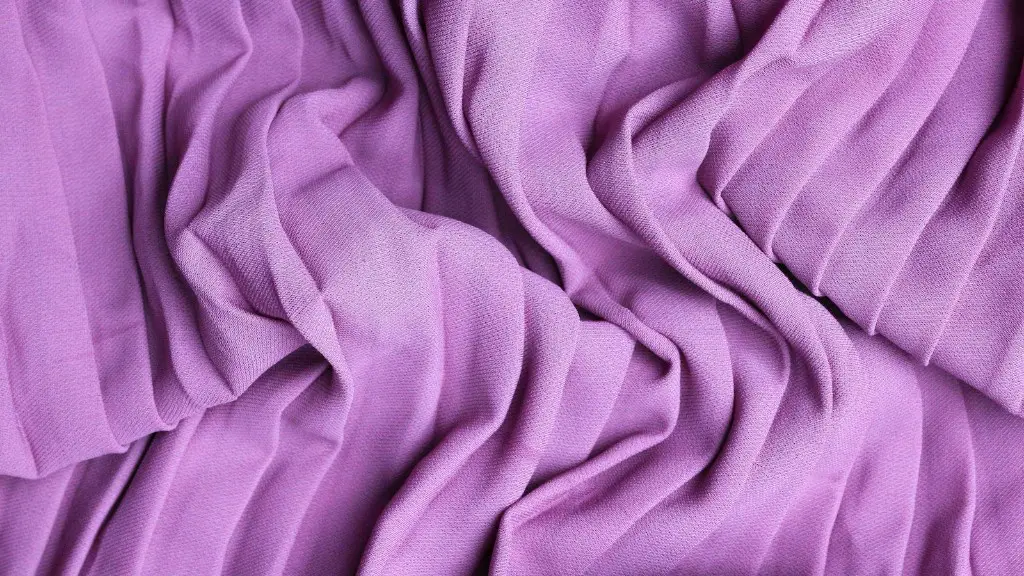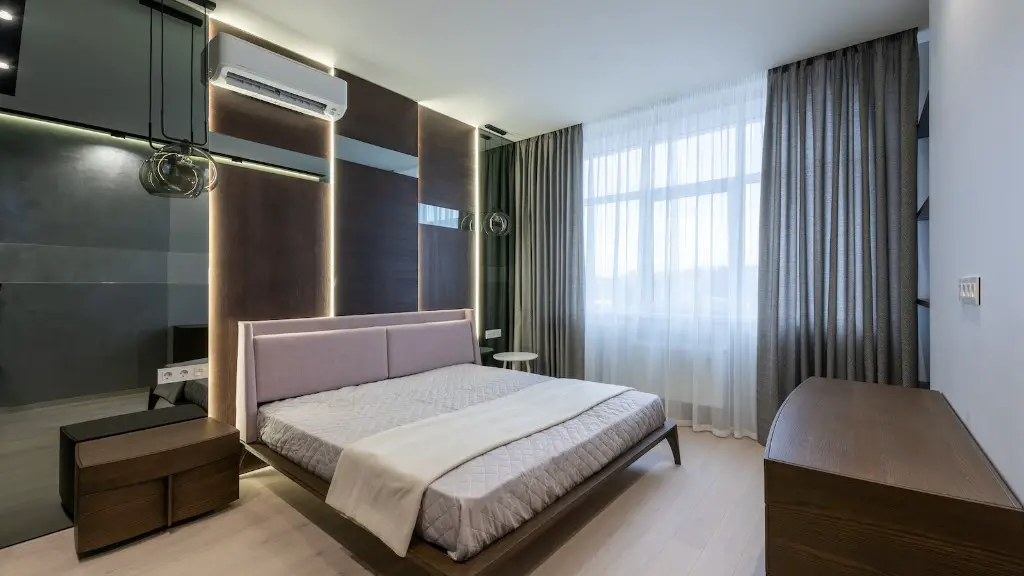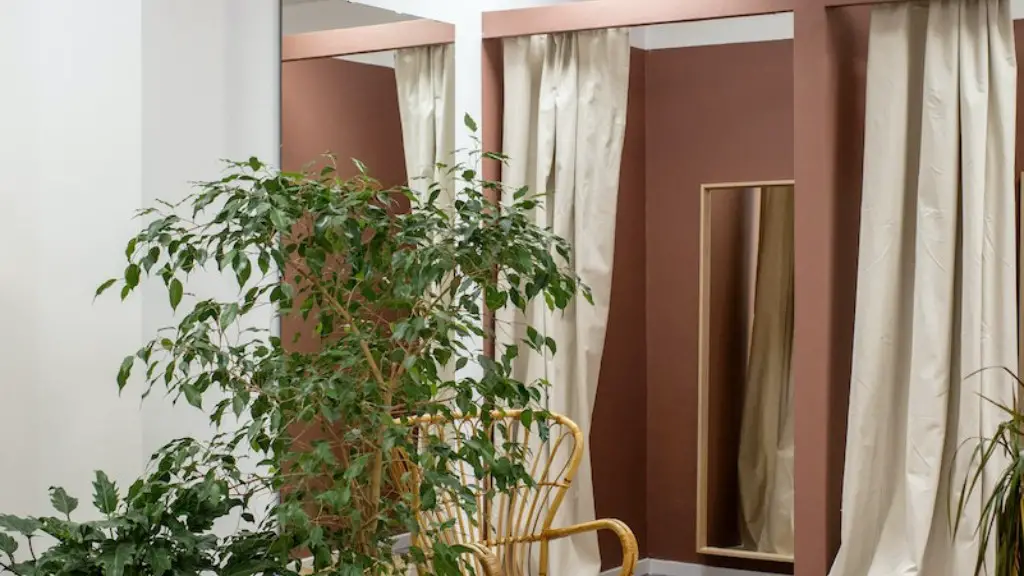There are many ways to make thick curtains, but one of the most popular methods is to use a heavy fabric. A lot of times, people will use a denim or a canvas fabric to make thick curtains. Another method is to use multiple layers of a thinner fabric. For example, you could use two layers of a cotton fabric or three layers of a sheer fabric. No matter what method you use, making thick curtains is a great way to add privacy and insulation to your home.
There is no one-size-fits-all answer to this question, as the thickness of curtains depends on a number of factors, including the size and type of window, the amount of light you want to let in, and the level of privacy you need. However, there are a few general tips you can follow to make sure your curtains are the right thickness for your needs.
If you want to block out a lot of light, choose curtains that are made of a heavy fabric, such as denim or velvet. If you need to let in more light, choose a lighter fabric, such as sheer cotton or linen.
To add fullness to your curtains, choose a fabric with a high thread count. This will make the fabric heavier and will help the curtains drape more nicely.
If you want your curtains to have a luxurious look, choose a fabric with a slight sheen, such as silk or satin.
Finally, to make sure your curtains are the perfect thickness, hold them up to the light and adjust the amount of fabric until you get the desired level of privacy and light filtration.
How can I make my curtains look thicker?
If you want your curtains to look full and cover your windows completely, you should get panels that are at least twice the width of your windows. This way, they’ll look great pushed to the sides, and you won’t have to worry about gaps when you pull them together.
Weighted drapery tape is an easy way to add weight to sheer curtains. Simply lay it at the bottom of the hem across the width of the curtain. You can tack it with a couple stitches at the ends to hold it in place. Vinyl covered weights are great for outdoor curtains because they can withstand getting wet.
Can you sew curtains together to make them wider
To create fullness in your curtains, you can sew together one or more widths of fabric. For example, if you need 1 1/2 widths to make a curtain panel, you would stitch the half-width to the outside edge of each full width. If you need two full widths to make a panel, you would stitch the widths together side by side.
Sheer curtains are made from a light, transparent fabric and allow natural light to enter the room. They are typically used in living rooms and bedrooms.
Opaque curtains are made from a thicker fabric that blocks out light. They are often used in kitchens and bathrooms.
Lined curtains have an additional layer of fabric that helps to block out light. They are often used in bedrooms and living rooms.
Blackout curtains are made from a thick, opaque fabric that completely blocks out light. They are often used in bedrooms and home theaters.
Can you make curtains heavier?
If your drapery is still slightly bowing at the bottom or along the side edges, you may want to add more weights along the bottom, tucking them into the hem of the face fabric. Make sure these additional weights will sit along the inside fold of the drape.
When it comes to blow-drying my hair, I’m going to set my blow-dryer to a medium to high setting. This will help my hair to dry faster and prevent any frizz. I’ll also be sure to use a heat protectant spray before I start to help protect my hair from any damage.
What material is heavy for curtains?
Velvet is a fabric that can be used for a variety of purposes, including upholstery, curtains, and clothing. It is a heavy fabric that blocks out a lot of light.
These homemade curtain weights are a great way to add a little extra weight to your curtains without spending a lot of money. Each weight only costs four cents, and they can be easily attached to the curtain’s inner hem.
What do you use to fill fabric weights
There are a number of things you could use to fill your pattern weights. I used about 1/3 of a cup of rice per pattern weight. Small dried beans or lentils, small pebbles are some other alternatives you may wish to try.
If you have pre-made curtain panels that are too narrow for your windows, you can still use them in combination with panels of a second fabric. Because you are unlikely to find fabric that matches existing curtain panels exactly, the best approach is to use fabric of a similar weight that complements the color or pattern of the panels. This will give your curtains a coordinated look and can save you money by using the panels you already have.
Is it cheaper to sew my own curtains?
There are plenty of advantages to sewing your own curtains, the main one being that you can save money. Curtain fabrics are not typically re-branded, so you can find them at a lower price. Additionally, you can choose from a variety of pleat designs to give your curtains a unique look. Plus, you’ll have complete control over the length and width of your curtains.
To make sure the pattern matches up, first lay one panel of the curtain on top of the second panel. The correct sides of the fabric should be facing together. Then, use a straight pins to pin the two layers of fabric together along the sides. This will keep the fabric from moving around while you sew.
How thick should curtains be
When selecting curtains, it is important to ensure that they will look ample and drapey when closed. To do this, the combined width of the curtains should be 2 to 2½ times the width of the window. There are exceptions to this rule, however. If the curtains are only being hung to frame the window and they will not be shut, the width can be rounded down to 1½ times the width of the window.
If you’re looking for an easy-to-use curtain option, grommet curtains are a great choice. Their metal open rings make it easy to slide the panels along the rod, and they look great in any space.
What are the 3 types of curtains?
There are three main types of curtains: blockout, sheer, and decorative.
Blockout curtains are designed to completely block out light. They are usually made of a heavy fabric like velvet or suede, and are often lined with an additional layer of fabric to ensure complete darkness.
Sheer curtains allow some light to filter through, but provide privacy at the same time. They are usually made of a light fabric like cotton or linen, and can be used to add a touch of elegance to a room.
Decorative curtains are purely for aesthetic purposes. They are usually made of a light fabric like lace or tulle, and are often hung in pairs in order to create a more dramatic effect.
Heavier curtains can be used to prevent heat transfer between the cold air around the window and the warm air in the rest of the room. In general, the thicker the curtains are, the more powerful they are as an insulator. However, it is important to note that the type of fabric also plays a role in the curtains’ insulation properties.
Final Words
There is no one-size-fits-all answer to this question, as the thickness of curtains depends on a number of factors, including the type of fabric, the size of the windows, and the desired level of privacy and light control. However, some tips on how to make thick curtains include adding multiple layers of fabric, using a heavier weight fabric, or choosing a fabric with a tighter weave.
In conclusion, making thick curtains is a simple process that only requires a few materials and steps. By following these steps, you can easily create thick curtains that will add privacy and style to your home.
